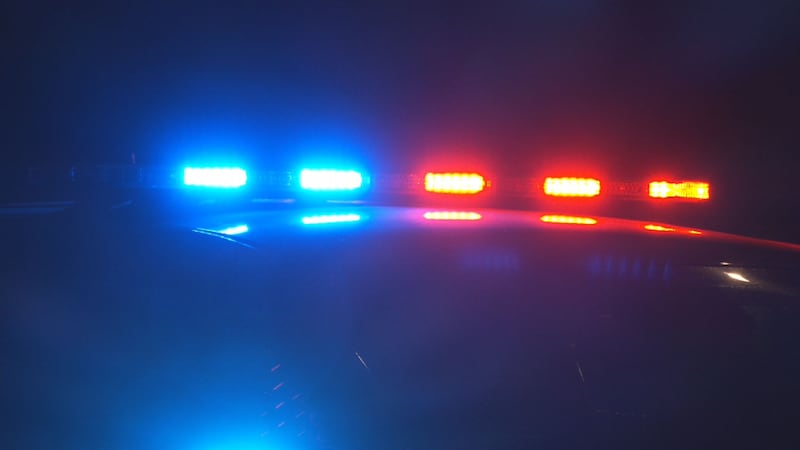Seattle is world-renowned for its coffee-craving, latte-loving culture, but the caffeine millions consume doesn't disappear with the morning's last sip of java. Some ends up being consumed by fish -- and other marine life.
Research shows that's where the caffeine takes on a "second life," flowing in the waters of Puget Sound.
Measurable levels of caffeine are being found in the water virtually everywhere it's measured. King County Wastewater engineers often measure the amount being flushed in, to compare with what's being removed. A Portland State University study found measurable levels of caffeine in all 14 test sites from Brookings to Astoria, and surprisingly high levels where no treated sewage was being pumped into the sound.
Turns out that caffeine is so ubiquitous in the environment, it's everywhere," said Monica Van Der Vieren, a scientist with King County Wastewater. "We actually can't use caffeine as a source anymore for saying yes, that's sewage."
How much caffeine is flushed into the sound? Why does it even matter? KIRO-7 asks the leading researchers in the Seattle area to break it down.
Turns out, it does matter, because caffeine can affect marine life, and it can also show where more serious chemicals are going, after we flush them down the toilet.
To follow the caffeine, KIRO-7 started where 70,000,000 gallons of what you flush every day gets treated. The South King County Wastewater treatment plant where engineers say one thing's certain. In the Seattle area, there's a lot of caffeine coming in.
"We do measure the levels, and it can be high," said Rick Butler, an engineer with King County Wastewater.
And the job in the massive mazes of pipes and pools is to try to decaffeinate every gallon of wastewater
flowing in. This system is state of the art. But in reality, not every contaminant can be completely removed. "We win awards here, but we can't get absolutely everything out," said Monica Van Der Vieren, a scientist with King County Wastewater.
Roughly 10 to 20 percent of caffeine ends up getting pumped right out into Puget Sound with treated water.
Van der Vieren did the math for the sound's daily dose of caffeine. "That ends up being 30,000 eight-ounce cups of coffee or 15,000 “Grande” (16-ounce) cups of coffee," she said.
Van der Vieren says engineers tried tracing caffeine in water as a way to track sewage, since only humans use caffeine, and it's not generally found in nature. "It turned out that caffeine is so ubiquitous in the environment, it's everywhere, that they actually can't use it as a source for saying yes, that's sewage," Van der Vieren said.
So now that we know caffeine is flowing in our waters, why does it matter?
A Portland State University study shows even low levels of caffeine found in the sound caused mussels to produce stress proteins.
To find out why that matters, we asked UW Joel Baker Ph.D. with the U.W. Center for Urban Waters. Dr. Baker is our area's foremost expert in how chemicals affect our waters, and he considers the untold thousands of gallons of caffeine dumped down drains every 15 minutes when every major coffee chain in the U.S. generally refreshes their drip coffee. Dr. Baker says caffeine does to marine life what it does to us.
"It's a neuro stimulant, and what works on us works on many fish species as well," he said. "The question is magnitude. How much caffeine are they exposed to?" And Dr. Baker says that's an important question.
"In the worst case scenario, it's going to affect their behavior, it affects their energy, it makes them more active, more hyperactive. They're stimulated just like we are."
Dr. Baker and other researchers say where they find caffeine, they usually also find levels of antidepressants in the water like Prozac, and he says chemicals like that do affect marine life.
Dr. Baker says artificial sweeteners like sucralose cannot be removed in wastewater plants, and it never breaks down. "We see sucralose in Puget Sound, everywhere," he said. "We even found it in some of the streams in the Olympics."
Scientists like Dr. Baker say caffeine levels in our waters has not reached a crisis level, but the studies point out why in the future, technology must be enhanced to remove it, along with more harmful chemicals humans ingest and flush, from making generational impacts on our environment.
Cox Media Group





